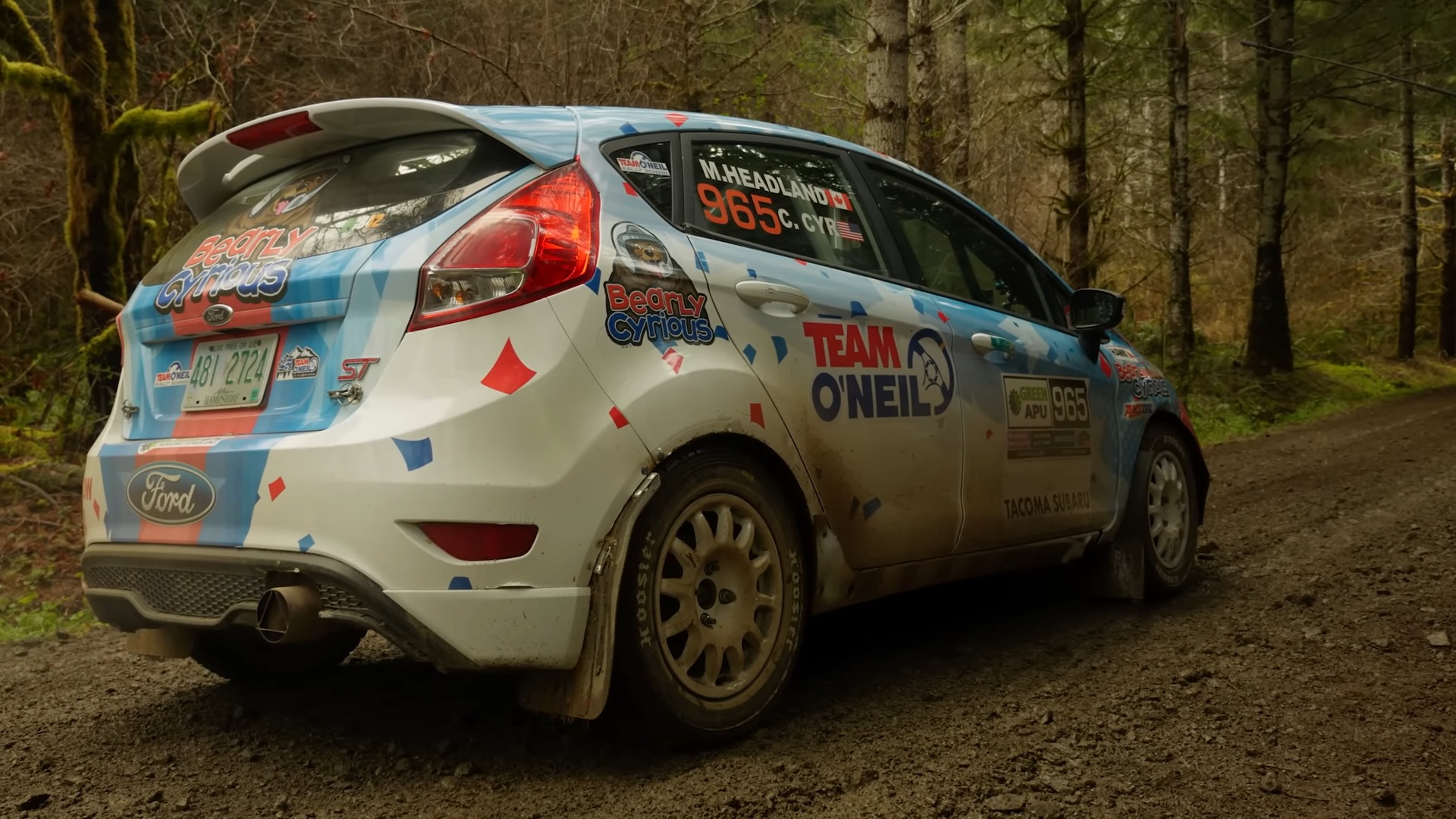

Whether you’re into circuit racing or blasting through forest rally stages, getting a good start off the line is key to success. Thankfully, the Team O’Neil Rally School has put together a helpful guide to help us all master this crucial skill.
The video is hosted by Wyatt Knox, who shares his knowledge and experience in getting a launch done right. He explains that a good launch isn’t just about speed, but also about mechanical sympathy. Anyone can bash the engine off the limiter and dump the clutch, sure. That behavior generally gets you a sloppy launch with excessive wear and tear—if you don’t outright break something.

With a focus on staging up in a rally context, Knox breaks the launch process down into simple steps. Rally cars are launched at sixty-second intervals, giving a driver plenty of time to pick the best spot to launch from. You ideally want the most level bit of ground with the most grip. You can lose five seconds or more off the start line if you choose your placement poorly, like starting off-camber or in deep ruts from other competitors.
Once you’ve pulled up and you’re about 30 seconds out, you’ll want to slot your car into first gear with your foot on the clutch. Ten seconds out, you’ll want to pull and hold the handbrake on. At five seconds, dial up the appropriate revs for the launch with your right foot. Three seconds out, you’ll want to just slip the clutch for a moment to remove any slop and preload the driveline, which helps avoid shock loads and damage. Then, when the starter calls go, you release the handbrake, fully disengage the clutch in one smooth motion, and launch hard.
But the key to a great start is picking the right RPM. Knox’s first launch in the video at around 4000 rpm was too low. His Subaru WRX immediately bogged down off the line, and the launch was slow. Trying again at 5000 rpm with more throttle made all the difference, and Knox was able to set off with just a little wheelspin for good measure.
Picking the right RPM is very dependent on your specific car, tires, and conditions. As a general rule, all-wheel-drive cars like to start at a higher RPM since the engine is trying to spin all four tires. Two-wheel-drive cars often do better with a lower RPM launch; otherwise, you can end up going nowhere with excessive wheelspin.
Knox also shares a variety of other tips, like how to best time the handbrake release in modern all-wheel-drive cars that can shut down rear drive under certain conditions. He also advises that while you can rip many launches on soft surfaces without too much wear and tear, you’re more likely to break stuff on pavement with sticky tires. He points out that a little bit of wheelspin is often the sign of a great launch.
It’s a useful guide, particularly if you’ve never launched a car in anger before. Plus, a good launch is a great way to impress your buddies at the track. That’s the most important thing of all, right?
Got a tip? Let the author know: lewin@thedrive.com